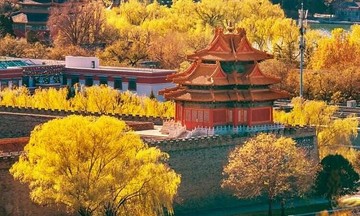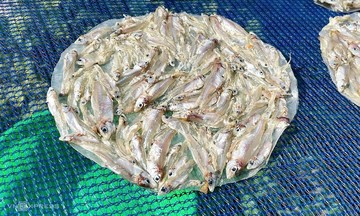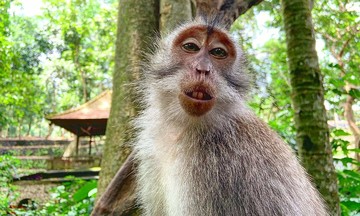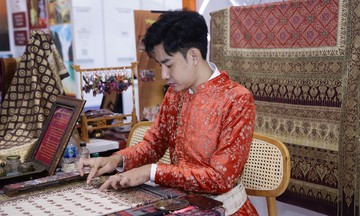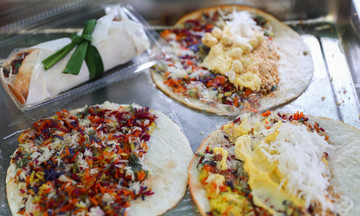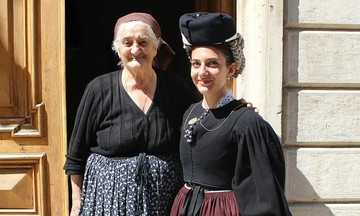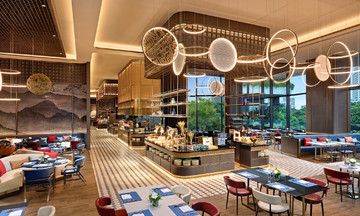The history of Chinese mooncakes is tied to a long-standing tradition, originating during the Shang dynasty (around 1600 to 1046 BC), approximately 3,000 years ago, in Jiangsu and Zhejiang provinces. Mooncakes were then called taishi, to honor a Taishi (wise teacher) who invented them. The cakes were round, with a thin crust and thick filling, symbolizing balance and fullness, used as offerings to the moon god.
Today, Chinese mooncakes are quite diverse, but the most common types include Guangdong, Shanghai, and Shenchi styles from the Shanxi region.
Guangdong Style
 |
Salted egg yolk filling of a traditional Guangdong mooncake. Photo: Chinaflavour
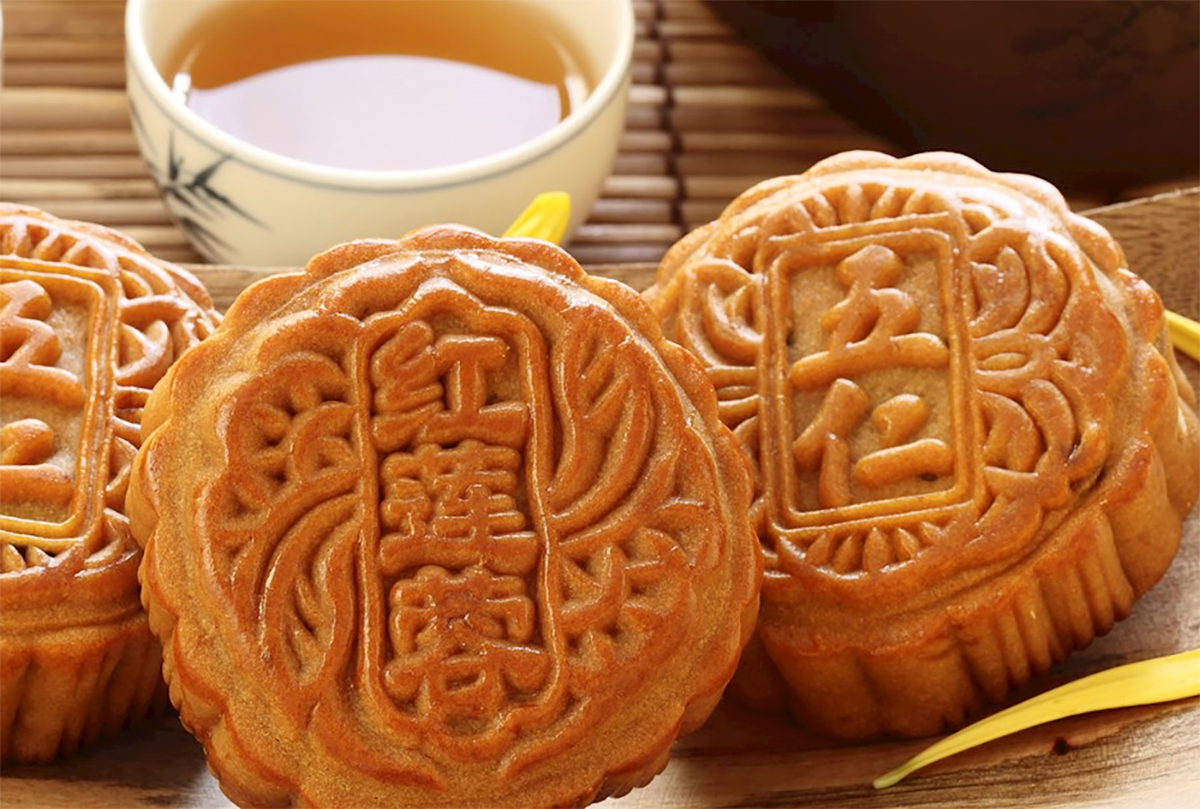 |
Traditional Guangdong mooncake. Photo: Taste Atlas
The Guangdong-style mooncake originated in the Guangdong and Guangxi regions during the Song dynasty (around 960-1279). It has a thin, golden-brown crust with sweet fillings like lotus seed, mung bean, or red bean paste, often containing 1-2 salted egg yolks. This is the most iconic type of Chinese mooncake and is enjoyed globally.
The cake's surface is imprinted using wooden or plastic molds, carved with images like the moon, the jade rabbit, chrysanthemums, lotus flowers, or Chinese characters for reunion, fortune, and longevity. These patterns not only decorate but also carry feng shui meanings and well wishes.
Shenchi Mooncake (Shanxi Style)
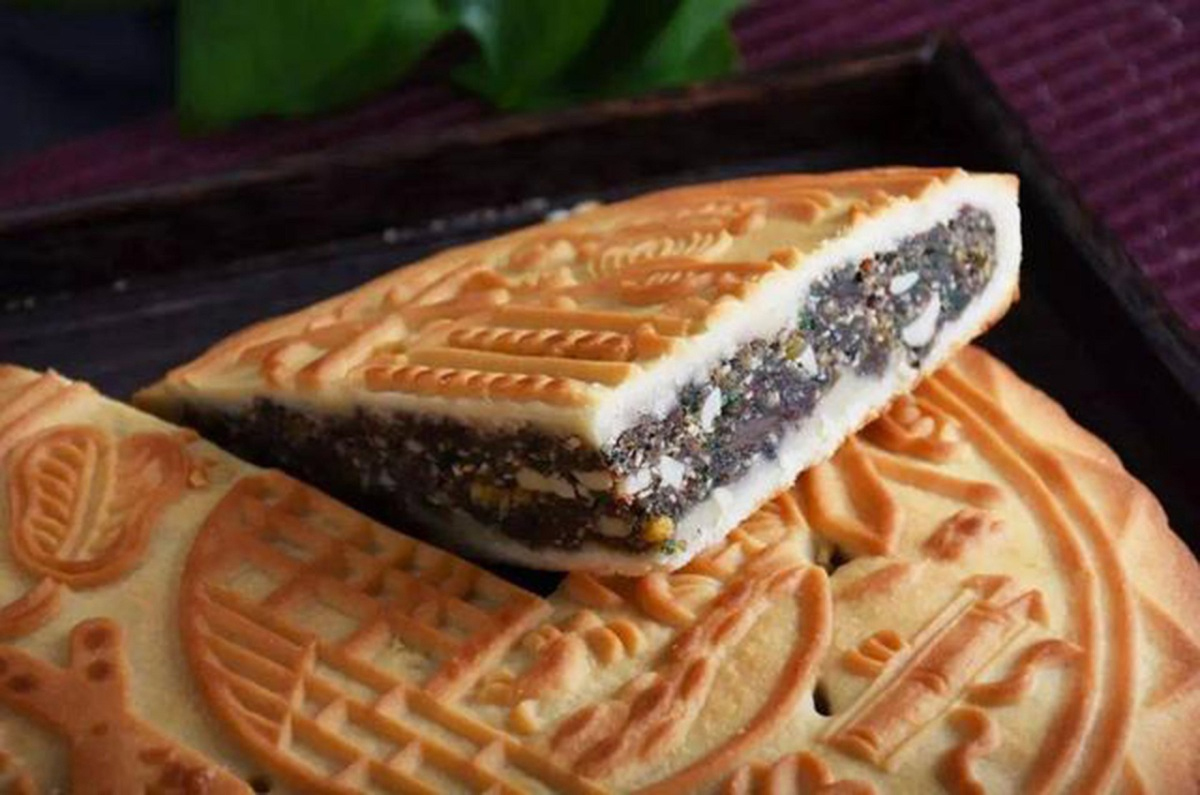 |
Filling of a Shenchi mooncake, Shanxi. Photo: China Daily
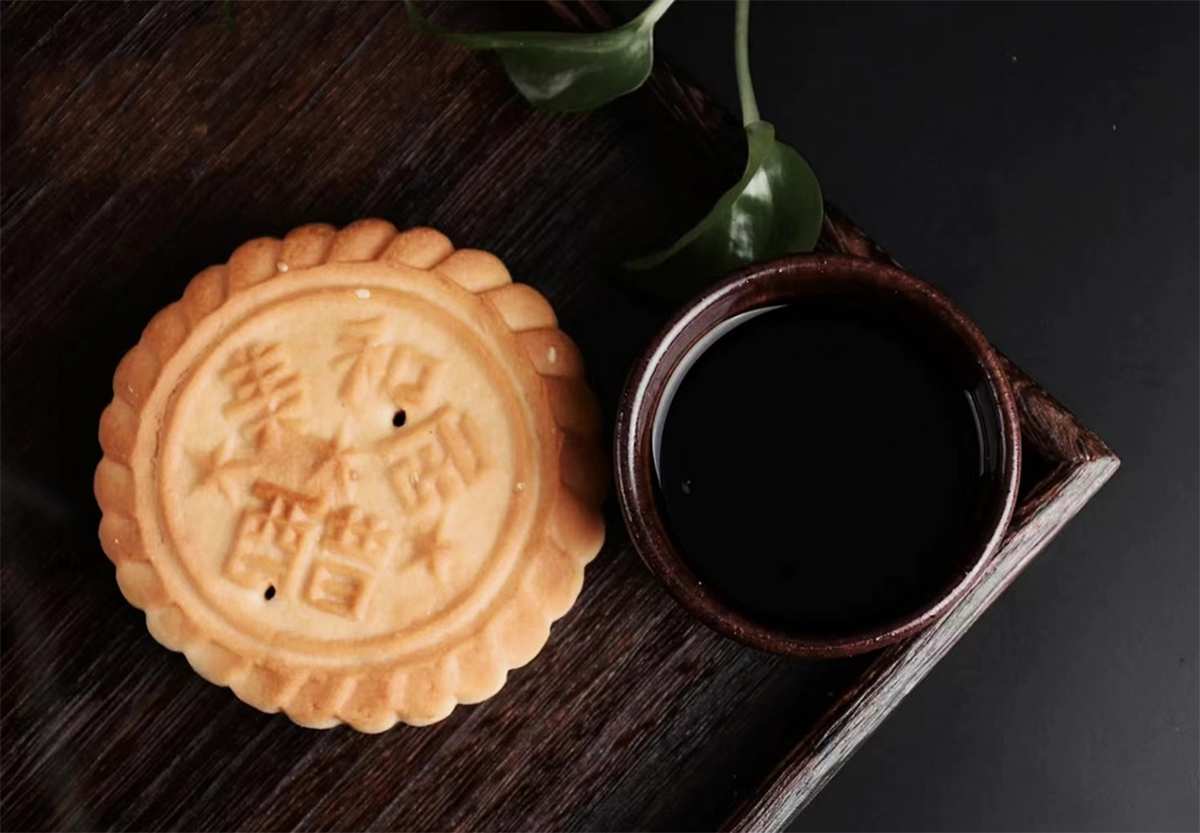 |
Shenchi mooncake, Shanxi. Photo: China Daily
The mooncakes made in Shenchi county, Shanxi province, once surprised Emperor Kangxi with their long shelf life. According to the China Mooncake Association, the most important ingredients are the local water and sesame oil. Shenchi is a representative brand for mooncakes in northern China and is recognized as an intangible cultural heritage.
Locals use wheat flour, sesame oil, and Shenchi water to make the crust, and the filling is a mixture of candied orange peel, turnips, papaya, walnuts, peanuts, raisins, sesame seeds, sugar, rose powder, and roasted sesame seeds. After baking, the cakes have a crispy crust and are stored in ceramic jars for later consumption. This method allows the cakes to be kept for a long time without spoiling, preserving their original flavor.
Shanghai Style
 |
Exterior of a Shanghai mooncake. Photo: Taste Atlas
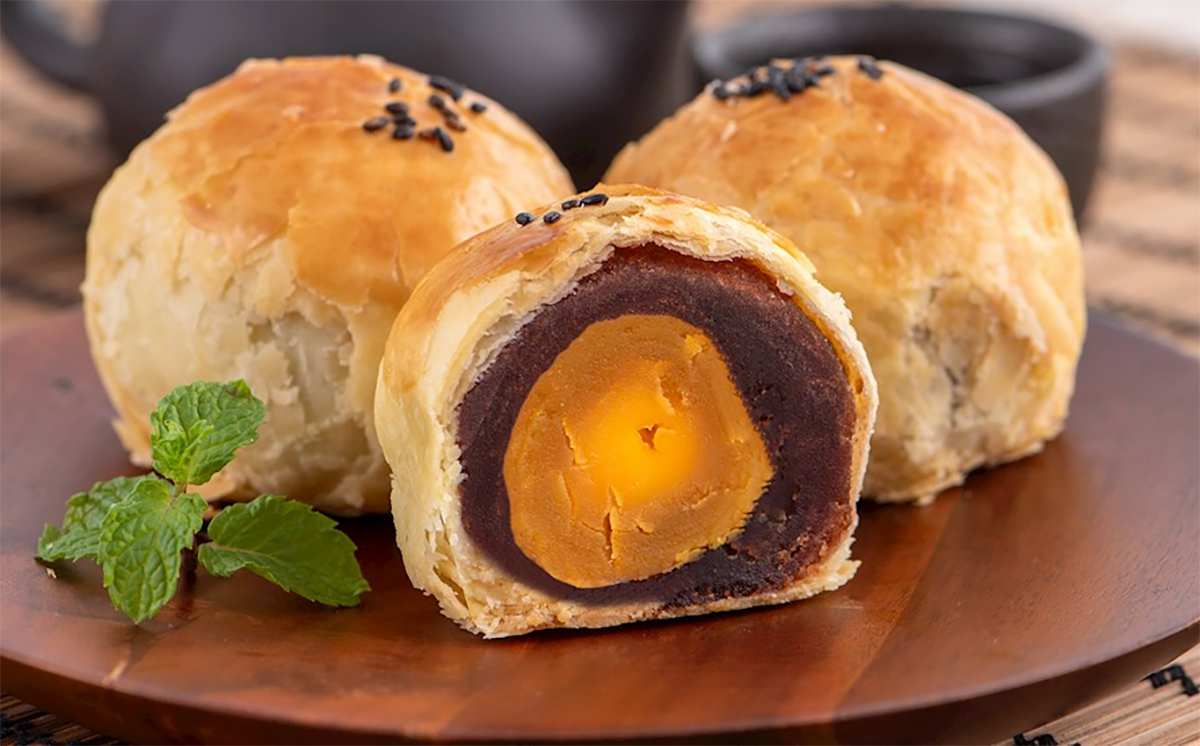 |
Filling of a Shanghai mooncake. Photo: Taste Atlas
Originating in Shanghai, these mooncakes symbolize the full moon and family reunion, with a diameter of about 8-10 cm. What sets Shanghai mooncakes apart is their multi-layered, flaky, buttery crust, somewhat similar to shortbread, often with a glossy sheen from an egg wash. Additionally, the surface is sprinkled with roasted sesame seeds for added aroma.
Shanghai mooncake fillings are diverse, but the most popular are lotus seed or red bean paste combined with salted egg yolks. The filling is rich but not overly sweet, balanced by the saltiness of the egg yolk. Besides sweet fillings, Shanghai mooncakes also have savory options with sea cucumber, abalone, fish maw, and the most famous being pork.
Despite the differences in crust texture and filling flavors, all three types of mooncakes share a commonality: they are a symbol of fullness, completeness, and an indispensable gift that connects family members during the Mid-Autumn Festival.
Tam Anh (according to Travel China Guide, Taste Atlas)



